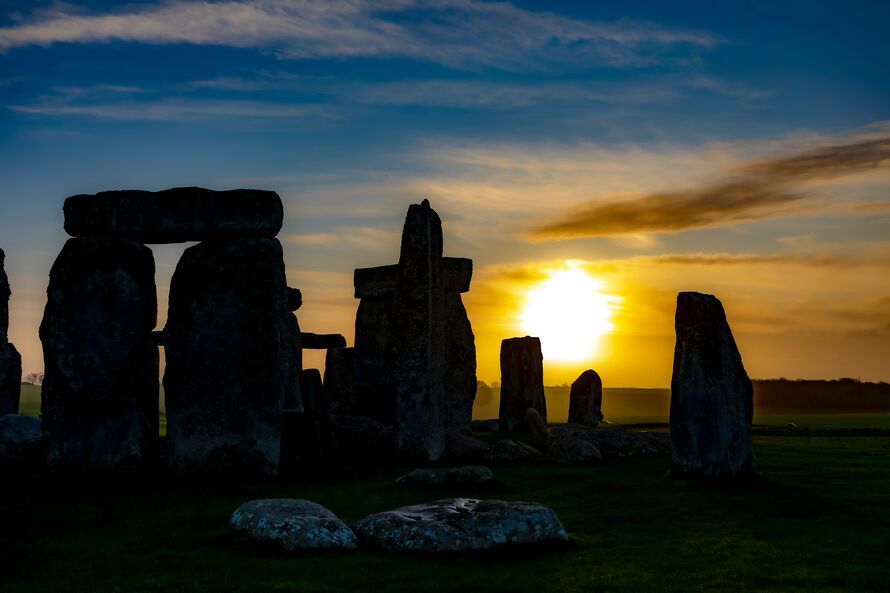What's on
From family support, fitness classes and learning to art exhibitions, festivals and talks, our activities are wide and far reaching.
From family support, fitness classes and learning to art exhibitions, festivals and talks, our activities are wide and far reaching.
Looking for hireable space? Your meeting, event, conference, exhibition, or filming, can help protect, build and galvanise our neighbourhood.
This is a neighbourhood like no other. Be part of it. Take a look at our current vacancies.
The summer solstice is when the sun is the furthest away from the equator, making it the longest day of the year. The annual observance of the summer solstice has taken place for thousands of years across a variety of cultures. It’s also been marked as the high point of summer (or midsummer) since the Neolithic era.
The word ‘solstice’ comes from the Latin words for ‘sun’ (sol) and ‘to stand’ (sistere), representing the time of year when the position of the sun stands still in its movement along the horizon.
In the Neolithic period, sunlight would have been crucial to sustaining life – it created warmth for humans as well as animals and helped the crops grow.
In England, the summer solstice was most notably celebrated at Stonehenge, a prehistoric monument of standing stones. Today, hundreds of people continue to gather at Stonehenge each year to observe the summer and winter solstices and their rituals.
The stones at Stonehenge in Wiltshire were set up around 2500 BC, and the stones were carefully designed to align with the movements of the sun. The sun shines through the centre of the monument at the summer solstice. Neolithic people likely gathered at Stonehenge during the summer and winter solstices to conduct rituals and ceremonies relating to the sun, sky and changing seasons. However, we may never know the exact reason why it was so important for them to align the monument with the movements of the sun.
The longest day of the year remains a perfect time for celebration, with warm nights and long daylight making it the ideal occasion to gather together.
While the summer solstice is celebrated by many in England at Stonehenge, it’s also a popular celebration across the world.
In Northern and Central European Neolithic cultures, the summer solstice may have been related to the timings of crop cycles. The solstice was typically observed by Celtic, Slavic, and Germanic people by lighting bonfires, intended to boost the sun’s strength for the remainder of the crop season and ensure a healthy harvest.
Observing the longest day of the year is also not limited to Western cultures. Many ancient cultures and communities had unique traditions centred around midsummer. Sun worship was particularly significant in Ancient Egypt. The summer solstice aligned with the rise of the river Nile and the deity of the sun, Ra, became one of Ancient Egypt’s most important gods. Similarly, in 16th century China, the emperor conducted ceremonies on the summer solstice at the Temple of the Earth, presenting offerings to the sky and the gods.
Today, the celebration of the solstices is most strongly associated with Paganism. The Pagan festival of Litha is one of the most important in the Pagan religion, commencing on the eve of the summer solstice. It celebrates the midsummer and the power of the sun god. According to Pagan folklore, evil spirits may walk the earth more freely at this time, and in order to ward them off, people wear protective garlands of herbs and flowers during the solstice.
However you choose to celebrate the summer solstice this year – whether that’s by visiting Stonehenge or simply enjoying the midsummer sun – we hope you all enjoy the longest day of the year!
